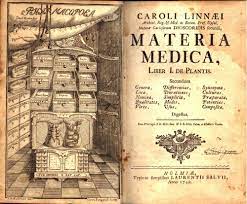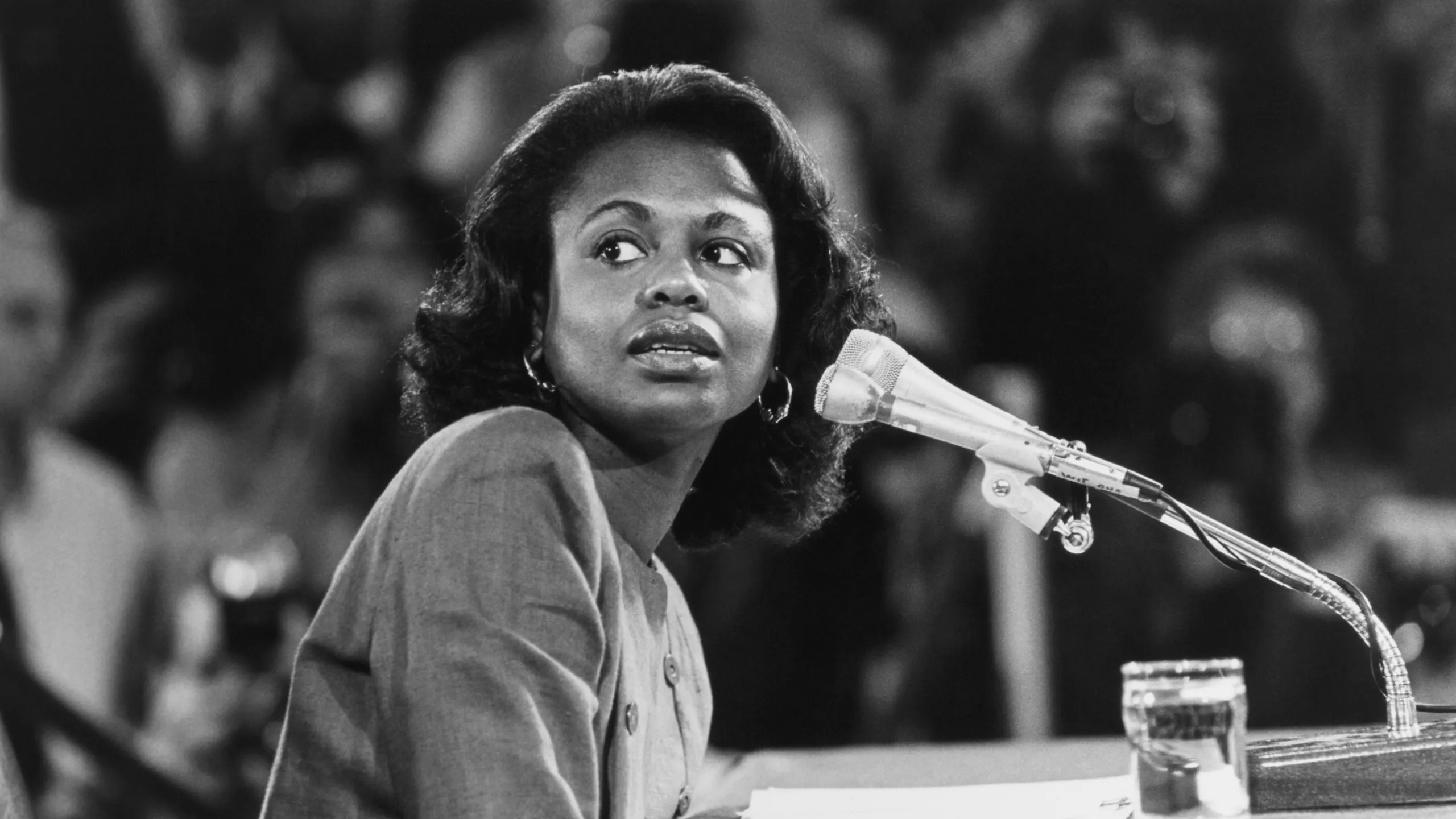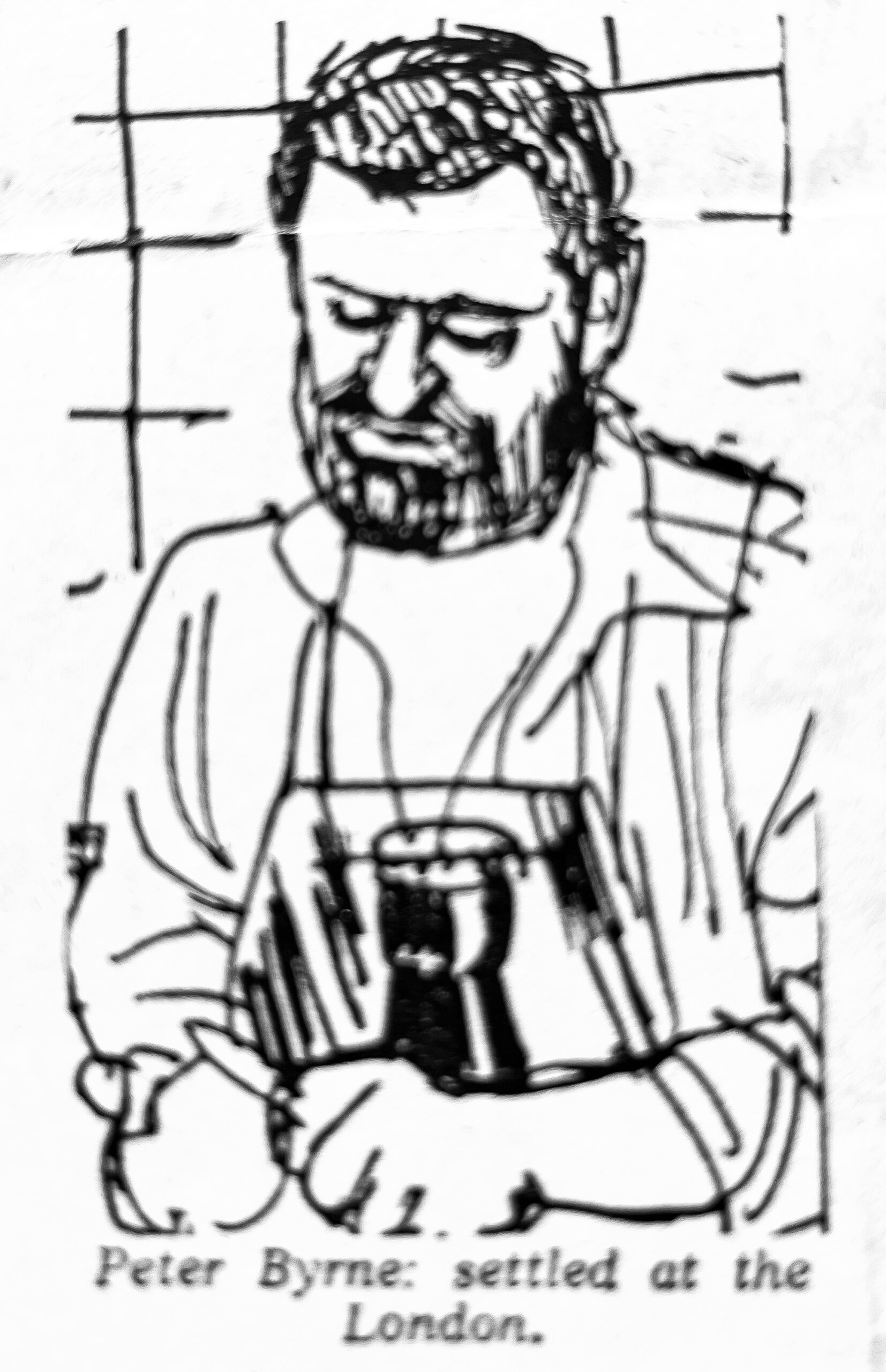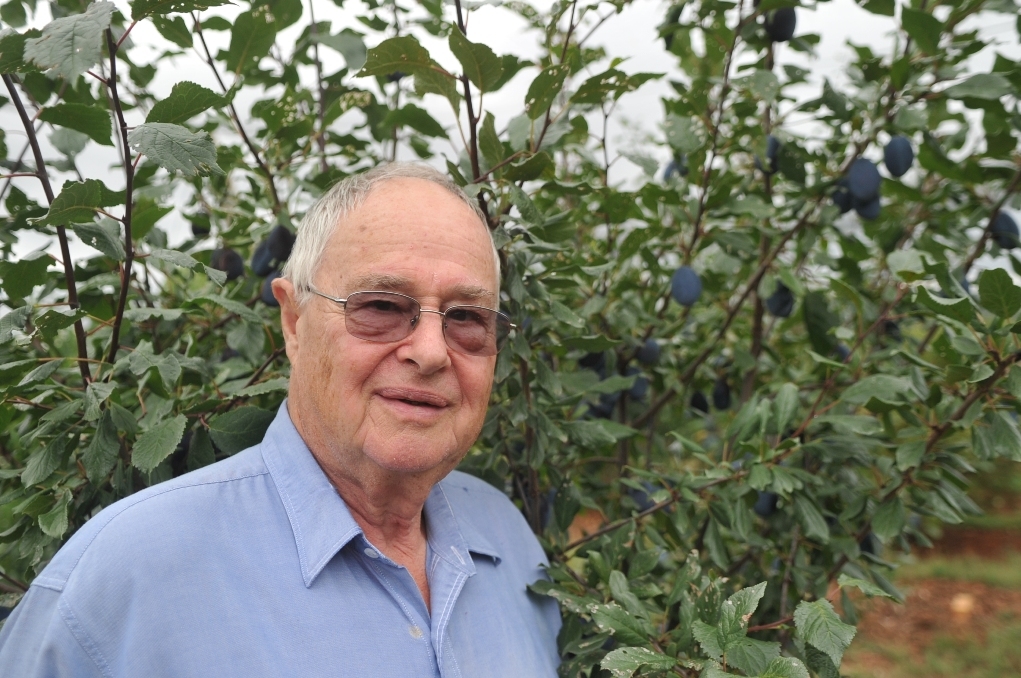The Budget has come and what has been delivered into the health budget reflects some of the long-held saws that political parties remember in the fog of their prejudices. Take the Pharmacy Guild and the pharmacy profession in general. There is a group of pharmacists who are academics and, by extension, work in hospitals far away from Mammon. But they are not the Pharmacy Guild.
The Pharmacy Guild represents the community pharmacists and in turn the maintenance of their extensive privileges. One of the interesting occurrences in my lifetime has been the evolution of pharmacy from its apothecary status – shop keepers on the high street, an apprentice system, changed to university-based pharmacy courses, with an academic program far more than what is still needed as being the community “purveyors of medicines … and much more”.
The Pharmacy Guild has been very successful over the years in getting what it wants in terms of remuneration for the provision of drugs under the Pharmaceutical Benefits Scheme. The Labor Party operatives could be forgiven for believing that each community pharmacy is a small business, the number and the wealth of same providing a base for Coalition support. The Pharmacy Guild Dinner in Canberra has been the public indicator of the power of the Guild to attract the influential. When the big retailers tried to break into the monopoly of the community pharmacist by attempting to place pharmacies in their supermarkets they failed, despite enlisting a pharmacist-turned-politician to lobby their cause.
This minor reduction in their privileged status – that of providing two months’ supply of drugs instead of one – saw the Pharmacy Guild President in tears being completely “over the top”; but then I remembered he lives close to where crocodiles are prevalent. The whole charade has been too much for Lloyd Sansom, a distinguished Adelaide pharmacy academic who was chair of the Australian Pharmaceutical Advisory Council from 1991 until 2000, and chair of the Pharmaceutical Benefits Advisory Committee from 2001 until 2012. This week he rebuked the Pharmacy Guild for its behaviour. Lloyd Sansom is not one for chasing publicity and, as I have found in my dealings with him, he is completely ethical.
 I worked with the Pharmacy Guild for a period when it was trying to burnish its image. At that time there were still pharmacies that sold cigarettes; and the aim was to emphasise that the community pharmacist was a health professional and not a shopkeeper who had an incidental function to dispense medicines with profits underwritten by Government. Some were saying “Why set up the University courses when the major function of the community pharmacist is to sell cosmetics and soft toys?”
I worked with the Pharmacy Guild for a period when it was trying to burnish its image. At that time there were still pharmacies that sold cigarettes; and the aim was to emphasise that the community pharmacist was a health professional and not a shopkeeper who had an incidental function to dispense medicines with profits underwritten by Government. Some were saying “Why set up the University courses when the major function of the community pharmacist is to sell cosmetics and soft toys?”
The proponents of an academic course had a basis in all the elements of pharmacology, which had also been added to the medical course curriculum in the early 1960s replacing materia medica teaching. After all, the traditional role of the pharmacist making ointments and creams, tablets and capsules was being replaced by pre-packaged medicines, so these traditional skills were rapidly becoming obsolete – hence pharmacy at the time was facing a crisis in its profile.

While there were colleges of pharmacy, they were outside the universities. In 1960, the University of Sydney instituted an undergraduate degree, but it was not until the late 80s that the movement to set up another university course in association with the Victorian College of Pharmacy set the scene for academic pharmacy.
Initially the plan was for the degree course to be set up under the auspice of the University of Melbourne since it was nearby the existing College of Pharmacy. The University of Melbourne, perhaps under the influence of the then Vice Chancellor, aborted the agreement which was then picked up by Monash University. This action by the University of Melbourne reflected the belief held by some members of academia who viewed the pharmacist as being little more than a technician. To counter this view, the establishment of the Pharmaceutical Society of Australia in 1976 had followed their acceptance by the Australian Society of Professions (the Pharmacy Guild had been formed in 1927 and the Hospital Pharmacists had formed a society in 1941); the Society promoted the idea that pharmacy should be rated a legitimate profession alongside medicine.
Since the Victorian College of Pharmacy transition, there are 18 universities offering at least one course in pharmacy, which in itself has gone a long way towards enhancing pharmacy’s professional status and that of the Pharmacy Guild. John Menadue, writing after the 2019 Federal Budget, bemoans the fact that a minor change like the one which was included in the current Budget was blocked, because the then Coalition Minister Hunt reneged on the minor alteration under pressure from the Pharmacy Guild. Menadue, in his article which clearly sets up the privileged position of the Pharmacy Guild members, relates the incident of when, having been invited to speak to pharmacists in Brisbane, found the invitation was withdrawn because of pressure from the Pharmacy Guild.
Two areas which have emerged over the past 20 years or so which I find disturbing are:
- the promotion of medicines with little proven value or promotion of medicines which do not need to be prescribed to the normal persons and even turning medicines into confectionery; and
- the growth of the Pharmacy entrepôts.
The community is constantly being assailed by medicines that just do not have any effect on the normal person. The images in so many advertisements is of young healthy people, seemingly without a care in the world, carrying shopping baskets full of “stuff”. Particularly objectionable are the advertisements which seem to promote medicine as confectionery – for instance “gummies” which just look like sweets. At least the makers of “Smarties” have had the good sense not to make white Smarties, which would undoubtedly lead to more overdoses. I am not sure that I approve of pharmacies selling confectionery in the manner that the retail stores do to pander to impulse purchase by placing these near the checkout.
It is particularly worrisome that a pharmacy curriculum, where scientific evidence is a central point of the training, is essentially linked to these community pharmacists in practice who surround themselves with an array of “medicines” which have no therapeutic effects or are vastly over-rated. The apothecary of yesteryear selling the placebo indicates a reversion of community pharmacy to the apothecary rather than maintaining the image of a profession seeking evidence of the medicines it dispenses.
Nevertheless, we have seen the growth of the business model whereby the warehouse doors open onto a population inundated with advertisements which a vigilant government authority should have long since curbed. But there is gold in them thar walls of the pharmacy shelf – and consequently in what some purveyors call herbal or natural or homeopathic medicines – or just plain old quackery. This is the business model that the government is sustaining; and drowning out the advantages of the community’s access to the knowledgeable pharmacist, whose business model is aimed at ripping off the gullible for the benefit of some distant hedge fund in Singapore or New York, part of the industry of exporting the Australian health dollar overseas.
Therefore, there is a way to go yet for the government to prune the privileges exacted by the Pharmacy Guild. A cautious start has been started, but it will be highly dependent as he progresses along his portfolio, on what the Butler saw.
There is finally a postscript, called personal experience. It involves the ethical community pharmacist, as I have, who is in danger of being lost in this political scrum. After all, our family has been spending more than $200 a month on medications, and the most valued attribute after the friendly atmosphere is the accessibility and continuity of this pharmacy practice.
One anecdote is worth repeating – I needed an influenza jab. I booked into a general practitioner, was given an appointment time at which time I presented and after over one hour without any communication from the general practitioner, other than the information that there were still nine people ahead of us, we left. This occurred in rural Tasmania with a locum general practitioner. Contrast this with the appointment I made subsequently with my family pharmacist to give me the jab. I presented myself at the right time. No problem. No delay.
As I said above, it is important how broadly the Butler sees. Something about bath water.
Anita Hill
The 1991 Senate Judiciary Committee (chaired by Joe Biden) ducked its responsibility to the public by reverting to theories spun out of nothing… woman accusers were cast as spurned, prigs with vendettas, incompetent dupes manipulated by others, martyrs for some political cause, or gold diggers seeking attention. (p43)
“Given his condescending tone, Specter (then Republican Senator for Pennsylvania) was also mansplaining – trying to convince us all that he knows better than me how a woman experiences sexual harassment. Mansplaining was the technique, and gaslighting was the goal. Both are forms of denial employed to discount claims of abuse, and they deserve to be called out because they prevent women from being heard and believed when they testify about abuse. Both tactics foster self-doubt, coaxing victims into thinking that coming forward is pointless, that no one will care.” (p39)

I prepared myself to purchase and then read Anita Hill’s recent Book entitled “Believing”, an excerpt from which appears above. This woman was disgustingly treated in the 1991 Supreme Court confirmation hearings of Clarence Thomas, whom she accused of sexual harassment, by a gang of legislators led by the then Senator from Delaware, Joseph Robinette Biden.
Thomas had engaged in discussing explicit pornography with Hill as she responded to questioning from Biden.
I told him that what was most embarrassing was Thomas’s discussion of pornography involving “women with large breasts and engaged in a variety of sex with different people, or animals.” But in truth, I had no real idea how to determine what was the most embarrassing of the crude and obscene comments I had to put up with. Nor did I fully realize how my answer would be used against me. (p35)
She could not be much clearer than that.

Little did she realise that her complaint would be used against her; the premise by the Committee members was such that his action was just normal behaviour. She comments on the parallel hostile questioning of Dr Christine Blasey Ford during the confirmation of Brett Kavanaugh in 2018 as Supreme Court Justice. His proclivity towards extreme sexual harassment of Ford was the issue; the response of the senators during the confirmation hearing was no different from 1991, despite 27 years having elapsed.
Anita Hill’s book is depressing in one way, in terms of the ability of her countrymen, in particular, to look away or fumble when presented with the prevalence of gender violence. Hers is a book of examples – of clinical dissection. As a male who has lived in this era of male dominance, I feel uncomfortable. The fact that even if most of us were not participants, we as men through the various stages of our lives have been bystanders.
We have tolerated the hypocrisy of people like Bill Clinton, who publicly advocated protective legislation but in private was a sexual harasser using the power of his office to dazzle and distract. In the end, Hillary Clinton, if not a partner in crime, certainly tolerated it. As Hill says, she had a conflicted role, on one hand declaiming at 1995 Conference in Beijing “Women’s rights are Human rights”, while failing “to step up and denounce Bill’s behaviour.”
When Trump announced his proclivity to grab women’s genitals, the Democrats’ response was strangely muted. Hill barely mentions Obama, but goes into some detail about Biden, who had himself been accused of sexual misbehaviour by one Tara Reade. Biden’s response is not recorded.
Eventually Biden apologised in 2019 to Hill after making a comment to a journalist two years before that he would apologise to Hill. As Hill disclosed, the rapprochement was in a 30-minute phone call from Biden, who mostly spoke “His words were carefully couched, though seemingly sincere.” He recounted his massive success in the passage of the Violence Against Woman Act, knowing that the Supreme Court had effectively gutted it subsequently. Yet Biden has continued to do penance by trying to provide legislative protection to women where Federal laws apply.
The whole theme throughout Anita Hill’s book is how endemic gender violence is in America, and the four years of the Trump presidency was an obstruction as Trump attempted to remove all protections against such violence. As Hill says when Kamala Harris was announced as the running mate for Biden, Trump’s son, Eric, called her “a whorendous pick”. Such crudity is repeated by other men who, if not role models, exert considerable influence.
Despite her book having the capacity to make the reader squirm, to be outraged, Hill does not come up with any real solutions. Her predator still sits, amid allegations of corruption, on the Supreme Court. The Senate Judiciary Committee is still racked with misogyny even if apologists try to reframe it as “just old-fashioned ideas”. Anita Hill’s book provides the information, but the provision of information does not alter attitudes, without behavioural changes in the community to make gender violence totally taboo. Anita Hill entitles her book “Believing”. After what she has experienced, the title is succinct testimony to an eventual optimistic outcome. Yet her book suggests unfortunately there is a long way to go, but it should be required reading for those who – like former Supreme Clark, Arthur Kennedy, who employed Kavanaugh as a law clerk – is reported as saying “boys will be boys.”
Trumptown
Tonight, CNN gave a massive platform to a man who incited an insurrection on the Capitol, attempted a coup on American democracy, and was just found by a civil court to have committed sexual assault. Make no mistake: this wasn’t a town hall. It was a campaign kickoff celebration, and Chris Licht sold out CNN — and our democracy — to chase Tucker Carlson’s viewers.
All you really need to know about the event is that CNN’s hand-picked audience laughed at Trump’s depiction of his sexual assault case (which he lost)!
We cannot normalize Donald Trump by giving him 90 minutes of uninterrupted airtime to rewrite history. Tonight is a firm reminder about the fight we are in: If our democracy is to survive, then we can’t allow CNN and the media to follow Trump down his rabbit hole for ratings.
The media is making the same mistakes as they did in 2016 and 2020. They’re legitimizing Trump in the eyes of the voters instead of calling him out for the lawless serial liar that he is. As he storms his way to the nomination, it’s only going to get worse. He’ll get more air time and more credibility as he continues to spew the same dangerous nonsense he did tonight.
CNN’s malpractice gave the most anti-democratic force our country has seen in ages a microphone and an evening of airtime. We can’t let this keep happening.
This release from the Lincoln Project says it all. Trump is not a conventional figure. He is a projected evil avatar from a comic strip which has been released into a world where normal behaviour does not apply.
As I have written in my novel “Marigold”, which has been written with licence of the novelist to plumb the supernatural.
“Those adversaries are trying it on again. They have cast us into a comic strip. It just can’t be real.”
 The man had raised his shotgun and pointed it at us. Like a comic strip villain, he cackled. Like the comic strip villain, he fired. Red flashes of “Bam, Bam, Bam, Bam” before our eyes. Egrets rose around the cabin. A duck with a brown-feathered breast fell dead on the roof of our car. This was not my kind of comic strip. We scurried back in the car. The duck had slipped to the side of the road. The man with the shotgun was laughing – a huge hole of mouth and crinkled eyes. There was the last comic cartouche, as my character at the wheel of the car let out a frustrated maledicta of quimps, jarns, nittles and grawlixes as the car was slow to start.
The man had raised his shotgun and pointed it at us. Like a comic strip villain, he cackled. Like the comic strip villain, he fired. Red flashes of “Bam, Bam, Bam, Bam” before our eyes. Egrets rose around the cabin. A duck with a brown-feathered breast fell dead on the roof of our car. This was not my kind of comic strip. We scurried back in the car. The duck had slipped to the side of the road. The man with the shotgun was laughing – a huge hole of mouth and crinkled eyes. There was the last comic cartouche, as my character at the wheel of the car let out a frustrated maledicta of quimps, jarns, nittles and grawlixes as the car was slow to start.
Maledicta raining down without constraint accompanied by the canned laughter from his selected audience has proved a toxic mixture which Trump ladles out to an American audience. His immediate butt in New Hampshire recently was the CNN anchor, Kaitlan Collins. She is the duck, overwhelmed by the volume of lies and maledicta. She is constrained by the mores of civilisation, and thus not allowed by modern convention to rise up like the avenging woman warrior of the Old Testament, Deborah, and smite him dead.
Unfortunately, modern society does not know how to deal with this character, a simulacrum who has stepped out of a comic strip, where the morality is simple and binary – good and bad, black and white. Unlike the comic strip, Trump is less easily discarded.
The aim is thus to ensure that America laughs at him, not with him – to use the same artifices which he has used to fashion his cut out persona – look at all the ridiculous golden aura in which he has encased himself. Start the laughter – oh, for a Chaplinesque character to parody him; then pursue him back into the comic strip.
His other avatar, which may then emerge, is Trump the Messiah, where he has honed himself into being a religious figure of destiny. After all, 76 million people voted for him in 2020; certainly a large congregation. The apostles he put forward two years later were not much good at promoting the Gospel of Trump – but then religion has been caught up in the comic strip. It takes a real believer to seek redemption in a comic book character. That is essentially what Trump is becoming – the malevolent comic strip character full of vile maledicta with a grease paint golden aura re-imagining himself as the glossy Messiah, freed from his comic strip representation. One does not ridicule a Messiah without paying a stern price for doing so.
I have raised the question of Trump’s mental health before, but whether he is on the cusp of dementia or has some other pathology associated with unbridled narcissism, it should become increasingly obvious that in a rational world his support will inevitably evaporate. But how much will it evaporate? In his warped mind it is important to maintain irrationality by lying in such a manner that it blitzes truth. But such an approach must eschew ridicule among his erstwhile supporters. Once they start laughing at him not with him, he is finished.
But not quite!
When I look at Trump, unfortunately I think of the Jonestown massacre in 1978, instigated by Jim Jones. Murder-suicide maintained Jones’ notoriety – in his own dead eyes.
Trump’s tormentors – as the Lincoln Group are – in pushing him to more and more irrational acts, have to remember that his actions in relation to 6 January 2021 could only be a forerunner of a more extremist performance, catastrophic to the future of America. It is very easy to say he is mad; to make him a figure of ridicule. However, he is so full of hatred that he could try and bring the whole country crashing down in the name of himself, Trump Messiah. Instead he is the revengeful cutout villain of the comic strip or its modern successor, the video game. Except in Trump’s case, it is not a game.
Peter Byrne
You cannot find any mention of Peter Byrne, when people talk about those influential Melbourne cooks of the seventies, when people like Stephanie Alexander and the late Mietta O’Donnell were emerging as culinary heroines, in a field where to get a good meal, there were the fine dining establishments, the growth of the bistros and then there was Peter Byrne.
 Peter Byrne was the quintessential Australian with an Irish heritage and a strong Labor Party affiliation. He had worked for the leader of the Victorian Labor Party, Clyde Holding. Holding was the silent partner in Waldron’s restaurant. Waldron’s was a restaurant in Bridge Road Richmond, and close to where I then lived. This night a party of four of us for some reason went to dine there. It was the late seventies and it was a BYO restaurant. There was only one other couple in an otherwise empty converted shopfront restaurant. The other couple I recognised as being Claude Forell and his wife. Claude Forell was the food writer for The Age newspaper (and later foundation editor of The Good Food Guide). He was there as the anonymous food writer. We recognised each other, and in short, the night was hilarious, the wine flowed, the food was excellent. Byrne joined in with his wife after he finished cooking. Rhonda was as cool as Peter was pugnacious. The end result was that Forell lavished the evening with praise, particularly the food, in his Age column, and the restaurant took off – from being empty it became full every night.
Peter Byrne was the quintessential Australian with an Irish heritage and a strong Labor Party affiliation. He had worked for the leader of the Victorian Labor Party, Clyde Holding. Holding was the silent partner in Waldron’s restaurant. Waldron’s was a restaurant in Bridge Road Richmond, and close to where I then lived. This night a party of four of us for some reason went to dine there. It was the late seventies and it was a BYO restaurant. There was only one other couple in an otherwise empty converted shopfront restaurant. The other couple I recognised as being Claude Forell and his wife. Claude Forell was the food writer for The Age newspaper (and later foundation editor of The Good Food Guide). He was there as the anonymous food writer. We recognised each other, and in short, the night was hilarious, the wine flowed, the food was excellent. Byrne joined in with his wife after he finished cooking. Rhonda was as cool as Peter was pugnacious. The end result was that Forell lavished the evening with praise, particularly the food, in his Age column, and the restaurant took off – from being empty it became full every night.
Peter was like many people of Irish heritage, complex and contradictory. He affected a brusque exterior, but was a very kind and generous man with a sense of humour which the Irish have and the non-Irish parody – mostly unsuccessfully. We would have political arguments, because like many of his persuasion they treated me as a member of the extreme right wing of a mythical Reactionary Party who still believed in the Divine Right of the Monarch. It was often the starting point but somewhere in the midpoint of a very long night when the alcohol was seeping through the soles of our feet, we would reach some denouement.
I was going through a bad period of my life in the following year and he accepted my voluntary offer to help out in the evenings at the restaurant, which gave it an aura of the eclectic while pursuing the dialectic in the kitchen.
Byrne and I became friends without ever prying into the circumstances of the other’s life. He liked my sons, whom he called the louts (because, as one son put it, he couldn’t always remember which was which). The elder son, Paul, at 14 years then worked there as a kitchen help during the holidays. It is somewhat ironic, that Paul himself has become a food writer. Eventually I went to Sydney to pursue my career. I lost contact with Peter for a while and during that period Waldron’s ran into financial difficulty as Peter succumbed to excessive drinking and mental stress.
As Forell put it in a subsequent piece in The Age writing in 1982, years after Waldron’s had closed, “Waldron’s has been a culinary oasis”. He was writing about Peter after he had moved to the London Tavern just around the corner in Lennox Street. Forell described the food at this new place as “Restaurant food at pub prices”. Forell went on “With entrees at around $2.50 and main courses from $4 to $5, it is remarkably good value”. He himself had tucked into a meal of Byrne’s own country terrine followed by venison sausages “with a sauce rich in fresh mushrooms.”
I saw Peter from time to time, including on one memorable occasion at an airport in India, but he was one of those guys who for a brief period in your life was an important anchor, even though he had similar frailties. I remember his famous Mao Pie – it was one of my favourites. Peter is long since dead, but retrieving this newspaper cutting kindled my regard; he certainly never sought the plaudits, but he was a very fine chef.

As for Claude, I don’t remember when I last saw him or whether he is still alive, but I think this anecdote about him told by the late Age Associate Editor, Peter Cole Adams is, well, priceless. “History recalls Claude’s celebrated 1988 exchange with Stephen Downes, a rival food critic and former Age colleague. Downes unkindly described The Age Guide as the ‘Turin Shroud of Gastronomy’. Claude’s riposte was to dismiss Downes as ‘the Reverend Ian Paisley of Gastronomy’. He was not a man to be trifled with”.
Mouse Whisper
You must have heard of the definitive proof that the world is not flat. If it was, the cats would have pushed everything over the edge.

